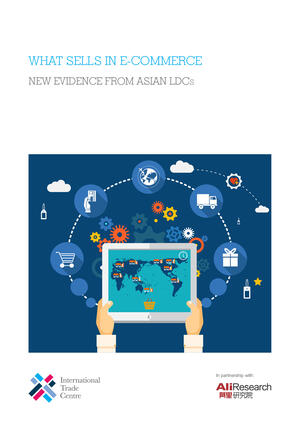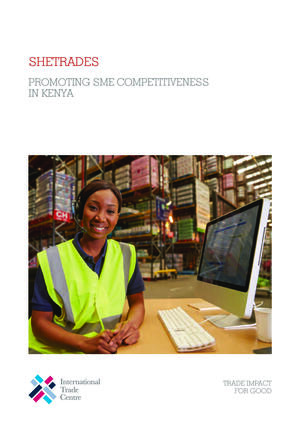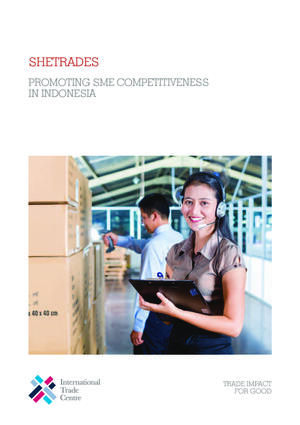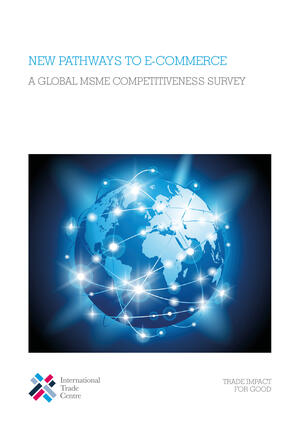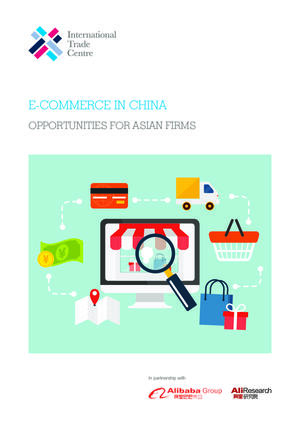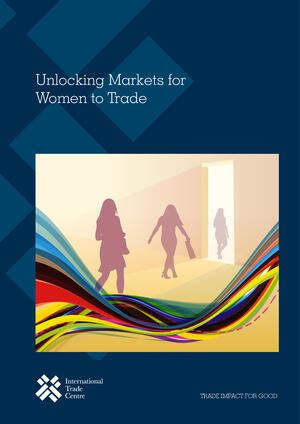What sells in e-commerce: New evidence from Asian LDCs
Cross-border e-commerce can help least developed countries (LDCs) to become more competitive and diversify their exports – and this is especially true for Asia-Pacific, the most dynamic region in global e-commerce. To capture that potential, small businesses in these countries need more market...




